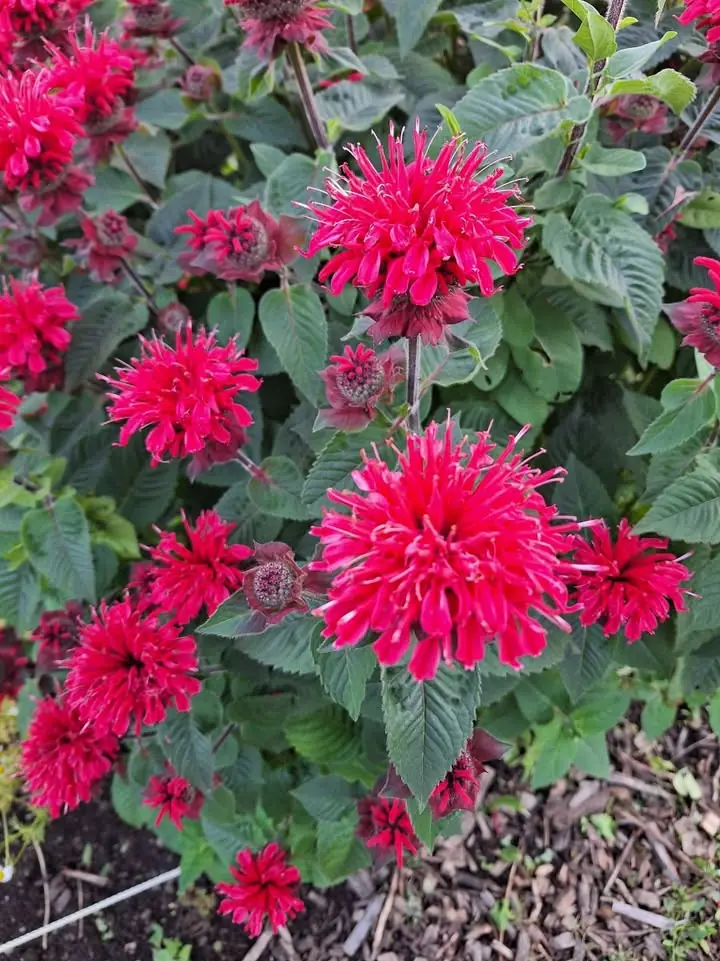
One Dragonfly Can Eat 100s of Mosquitoes per Day: Keep These Plants in Your Yard to Attract Dragonflies!
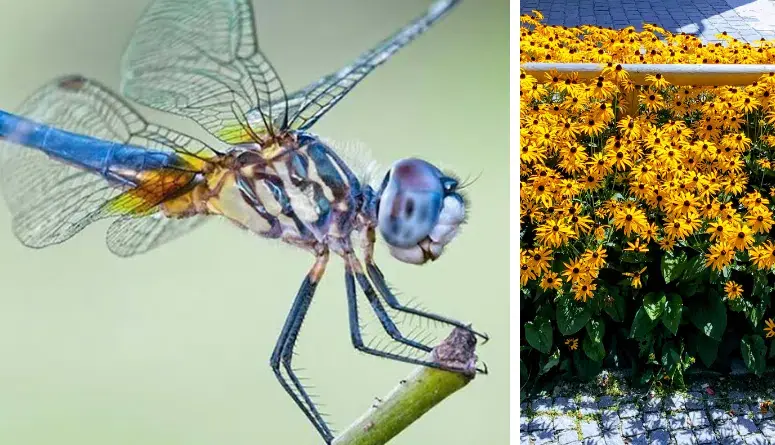
Dragonflies are not just beautiful creatures; they are also nature’s ultimate mosquito control agents. A single dragonfly can consume hundreds of mosquitoes daily, making them a gardener’s best friend.
Attracting dragonflies to your yard is an eco-friendly and effective way to reduce mosquito populations without the need for harmful chemicals. The secret lies in creating a dragonfly-friendly environment, starting with the right plants.
Here’s a detailed guide on how to attract dragonflies to your yard using specific plants, along with tips on how to create a haven for these beneficial insects.
Why Attract Dragonflies?
- Natural Pest Control: Dragonflies feed on mosquitoes, gnats, and other flying pests, reducing their populations naturally.
- Eco-Friendly: Encouraging dragonflies eliminates the need for chemical pesticides, promoting a healthier environment.
- Biodiversity: Dragonflies contribute to a balanced ecosystem and help pollinate certain plants.
- Aesthetic Appeal: Their vibrant colors and graceful flight add beauty to your garden.
Key Plants to Attract Dragonflies
Dragonflies are attracted to specific plants that provide food, shelter, and breeding areas. These plants are often found near water sources, as dragonflies thrive in wetland habitats.
1. Water Lilies
Why They Work: Water lilies provide shade and cover for dragonfly larvae in ponds or water features.
How to Use: Plant water lilies in a garden pond or water container. The floating leaves also help keep the water cool and reduce algae growth.
2. Cattails
Why They Work: Cattails create a natural habitat for dragonflies to perch, rest, and lay eggs.
How to Use: Plant cattails along the edges of ponds or marshy areas in your yard.
3. Arrowhead Plants (Sagittaria)
Why They Work: These aquatic plants provide an ideal breeding ground for dragonflies.
How to Use: Plant them in shallow water along the edges of ponds or water features.
4. Pickerelweed
Why They Work: Pickerelweed attracts small insects, which serve as prey for dragonflies.
How to Use: Grow pickerelweed in shallow water or wet soil around your garden pond.
5. Wildflowers
Why They Work: Dragonflies are drawn to wildflowers because they attract smaller insects for them to feed on.
Top Choices: Coneflowers, black-eyed Susans, and daisies.
How to Use: Plant wildflowers in sunny areas of your yard for a natural and vibrant look.
6. Joe-Pye Weed
Why They Work: Joe-Pye weed attracts pollinators like bees and butterflies, which in turn lure dragonflies.
How to Use: Grow Joe-Pye weed in moist soil near a water feature or along a garden edge.
7. Yarrow
Why They Work: Yarrow’s flat-topped flowers are ideal for dragonflies to perch on while hunting for prey.
How to Use: Add yarrow to flower beds or borders, especially in sunny areas.
8. Swamp Milkweed
Why They Work: Swamp milkweed thrives in wet environments and attracts both dragonflies and pollinators.
How to Use: Plant swamp milkweed in moist areas of your yard or near a pond.
9. Meadow Sage
Why They Work: Meadow sage provides dragonflies with perching spots and attracts smaller insects for food.
How to Use: Plant meadow sage in sunny areas or near water features.
10. Horsetail (Equisetum)
Why They Work: Horsetail grows well in wet environments and provides cover for dragonfly larvae.
How to Use: Plant horsetail near water sources or in damp garden areas.
Tips for Creating a Dragonfly-Friendly Yard
1. Add a Water Feature
- Dragonflies lay their eggs in or near water. Installing a pond, fountain, or even a small water container can attract them.
- Ensure the water is still or slow-moving, as dragonflies prefer calm environments.
2. Include Rocks and Perches
- Provide flat rocks or plant stems for dragonflies to bask in the sun or rest between flights.
- Perching areas help them stay in your yard longer.
3. Avoid Chemical Pesticides
- Chemical sprays can harm dragonflies and other beneficial insects.
- Opt for natural pest control methods to keep your yard safe for dragonflies.
4. Maintain Native Vegetation
- Native plants attract more insects, which serve as prey for dragonflies.
- Let some areas of your yard grow wild to create a natural habitat.
5. Ensure a Mix of Sun and Shade
- Dragonflies enjoy basking in the sun but also need shaded areas to cool down.
- Include a variety of plants that provide both sunny and shady spots.
6. Use Floating Aquatic Plants
- Floating plants like water hyacinths and duckweed offer cover and breeding areas for dragonfly larvae.
Dragonfly Life Cycle and Importance
Understanding the dragonfly’s life cycle helps you create an environment that supports their reproduction and survival.
- Egg Stage: Eggs are laid in water or on aquatic plants.
- Larva Stage: Larvae (or nymphs) live underwater, feeding on small aquatic insects.
- Adult Stage: Adults emerge from water, feed on flying insects, and reproduce.
Dragonflies spend the majority of their life as larvae in water, which makes water features essential for attracting them to your yard.
Benefits of Dragonflies in Your Garden
- Mosquito Control: Dragonflies are voracious mosquito eaters, consuming both larvae and adult mosquitoes.
- Reduced Pest Populations: They feed on flies, gnats, and other nuisance insects.
- Pollination: While not primary pollinators, dragonflies indirectly contribute to pollination by supporting a balanced ecosystem.
Dragonflies are not just stunning additions to your yard—they’re also nature’s mosquito control experts. By planting the right plants, maintaining a water source, and avoiding harmful chemicals, you can attract these beneficial insects and enjoy a healthier, pest-free garden.
Start planting water-friendly species like cattails and water lilies, add wildflowers for perches, and create a dragonfly haven that will have your yard buzzing with life and color. Let these beautiful creatures take care of mosquitoes naturally while you enjoy a more vibrant and balanced garden ecosystem.
News in the same category

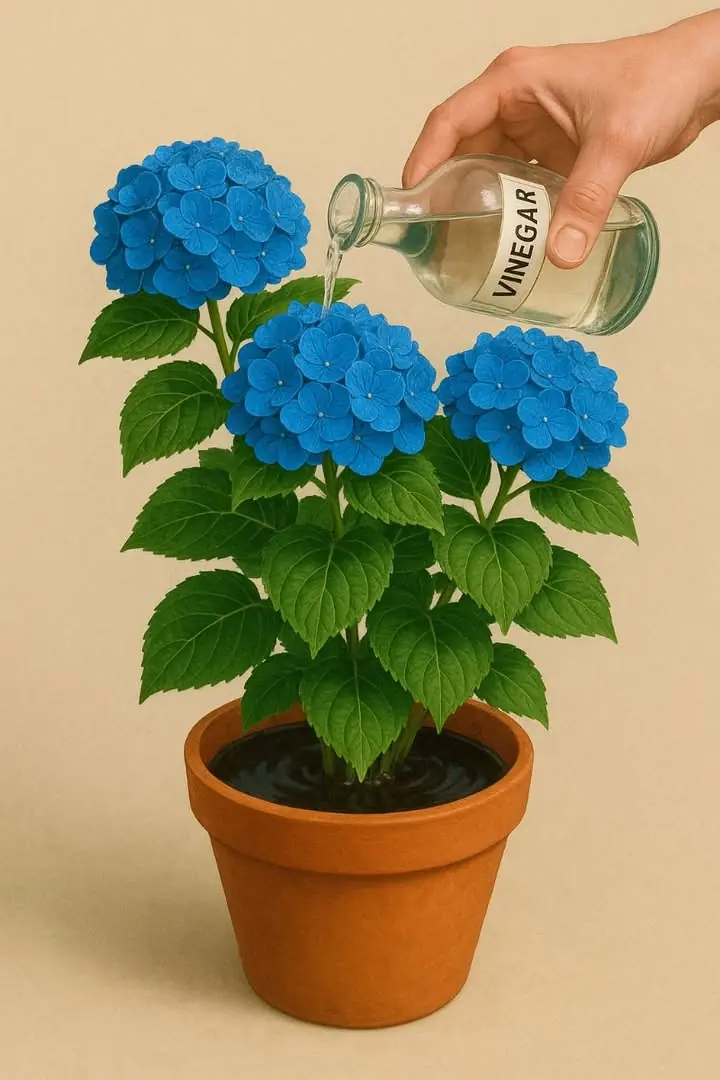
Vinegar makes hydrangeas bloom and bluer? 13 best garden hacks most don’t know

THE MONEY PLANT

7 Reasons Why You Shouldn’t Kill Purslane in Your Garden

15 Most Useful Citrus Peel Uses in The Garden

Goldenberries (Physalis peruviana): A Nutrient-Packed Powerhouse for Health and Vision

Stubborn Grass: 10 Amazing Benefits & Side Effects

8 Foods You Can Grow in Buckets All Year

So brilliant!
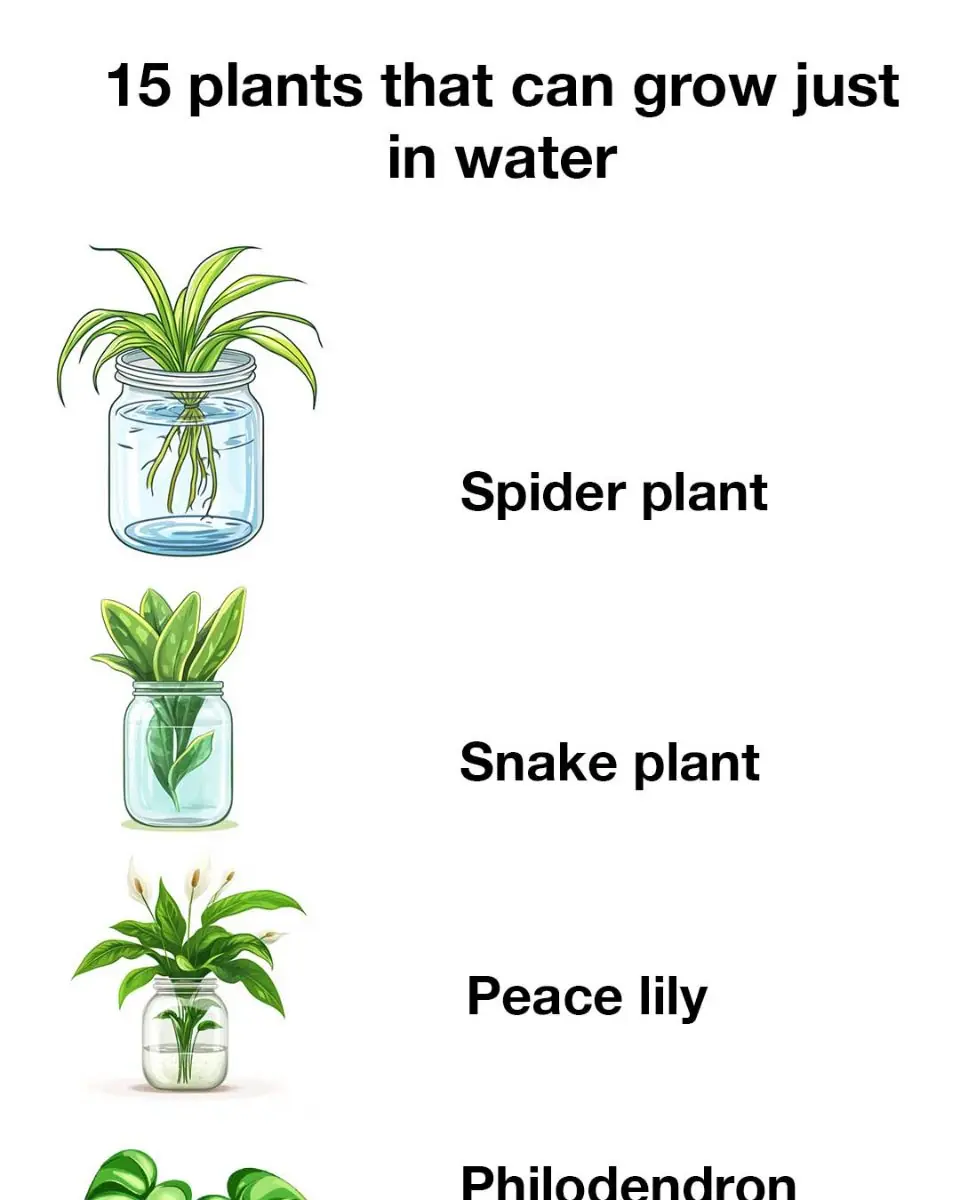
15 plants that can grow just in water

How To Get Peace Lilies To Bloom More Often

12 essential companion planting ideas for raised beds

Plant Once, Pick Forever! 10 Perennial Vegetables You NEED to Plant This Summer
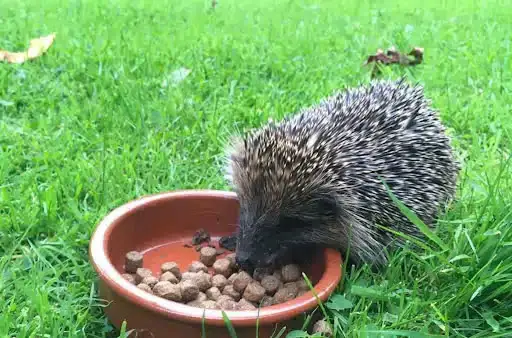
7 Ways How to Attract Hedgehogs to Your Garden

12 Herbs you Can Grow With Just Water all Year Round
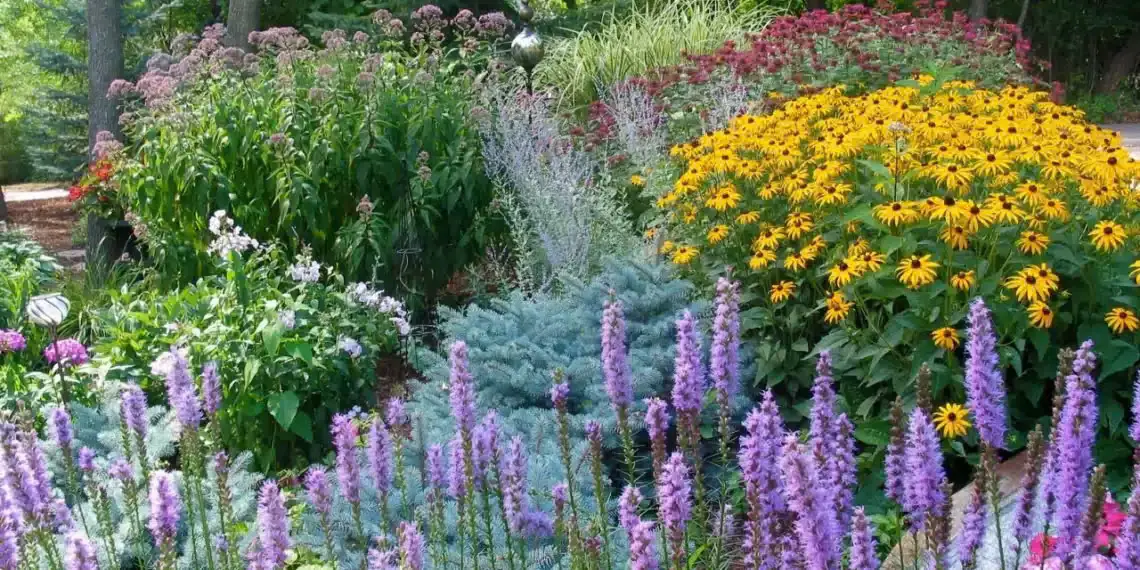
20 Perennials That Bloom Multiple Times a Year

The Hidden Dangers of Datura Stramonium: A Toxic Plant You Should Avoid

20 top gardening hacks of all time
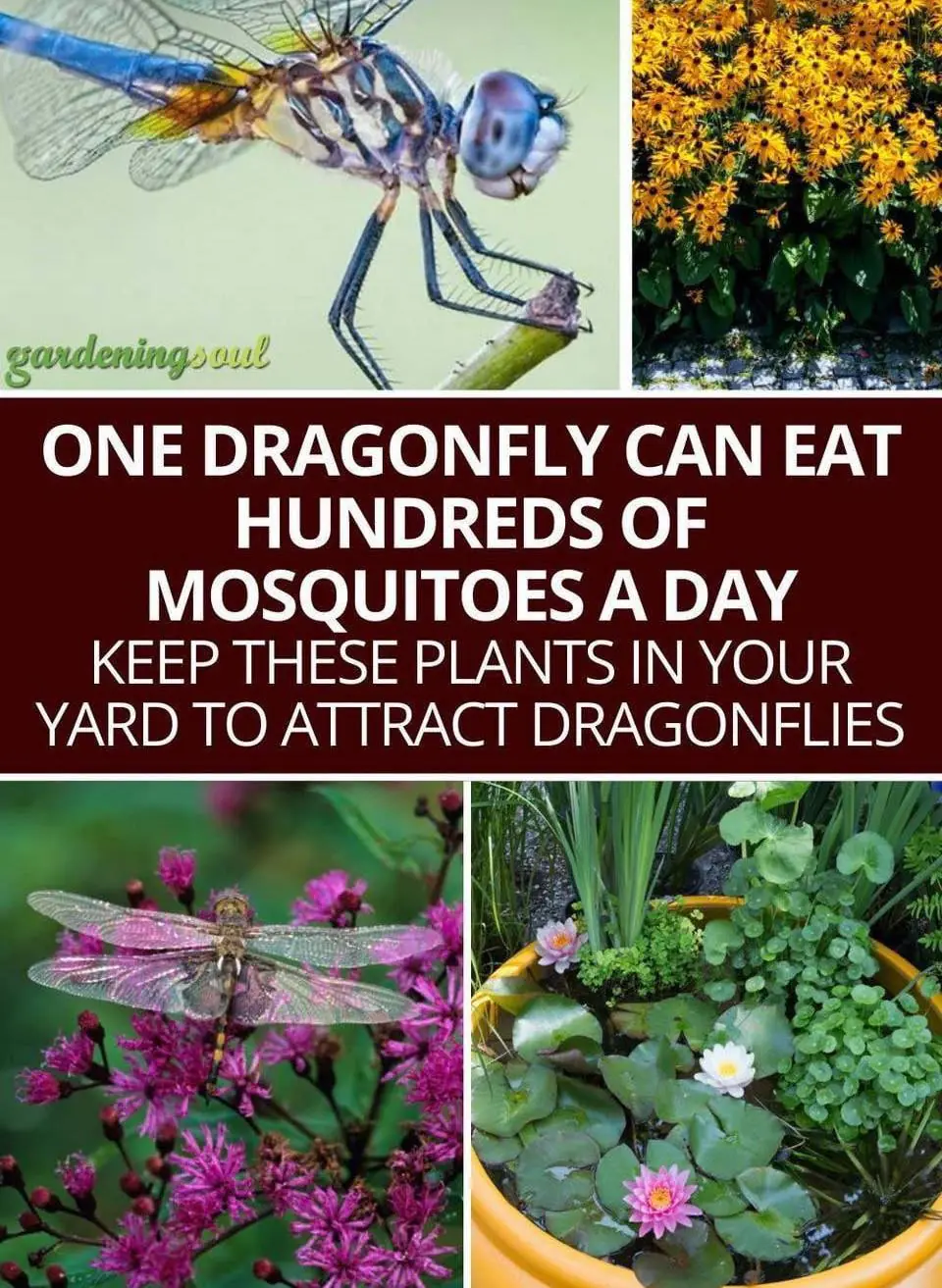
Don’t Discard the Flowers on Your Basil: Here are 8 Ways How to Use Them

This is How to Correctly Plant Tomatoes to Grow 5–8 ft Plants
News Post

Lower Creatinine Naturally Overnight: 5 Bedtime Drinks for Kidney Support After 60

Blend Banana with Lemon: A Refreshing and Healthy Homemade Delight

A Little Boy’s Silent Prayer That Touched the World

Bullied 7-Year-Old Boy Finds a Kindred Spirit in Cat With the Same Rare Conditions

Single Dad in Thailand Dresses as Mom to Support His Daughter

Man With Facial Disfigurement Asked to Leave Restaurant Before Sitting Down

Clove & Lemon Collagen Drink: Wrinkle Free, Glowing Skin

Best Natural Home Remedies To Safely Remove Skin Tags

Ginger Power:4 Ginger Recipes You Can Try

A Natural Remedy for Colds: Red Onion, Ginger, Cinnamon, Lemon, Honey, and Healthy Oil

13 Amazing Benefits of Moringa Leaves for Your Body

6 Best Seeds That May Support Kidney Health and Reduce Proteinuria

Unlock the Golden Magic of Corn Silk Tea

Detox Your Whole Body with Garlic, Lime & Tomato Juice!

The Natural Clove Remedy for Skin Tags & Warts: Gentle, Effective, and Time-Tested

9 Surprising Signs You’re Navigating Menopause
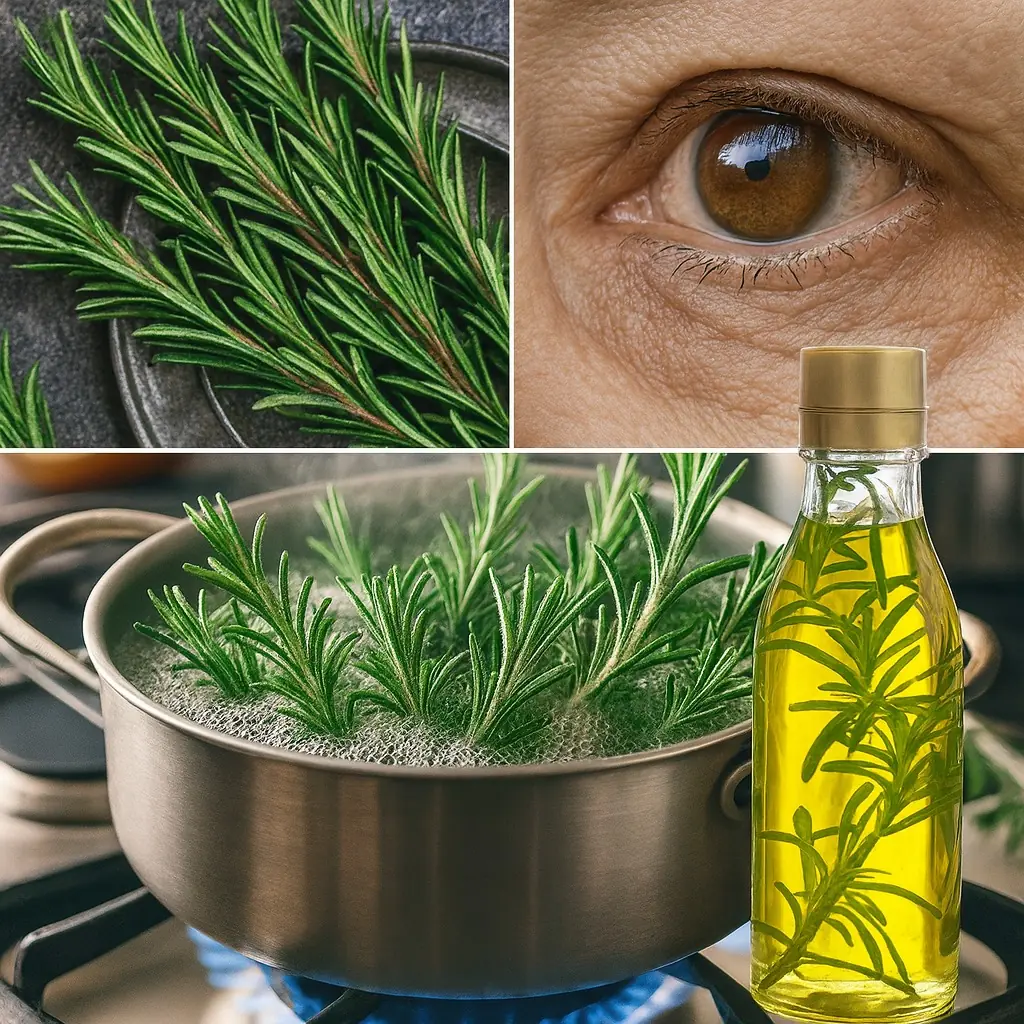
Rosemary for Vision: A Natural Way to Tackle Cataracts and Eye Inflammation

Guava Leaf, Turmeric, and Cinnamon Tea: A Powerful Natural Remedy for Cholesterol, Blood Pressure, and Diabetes
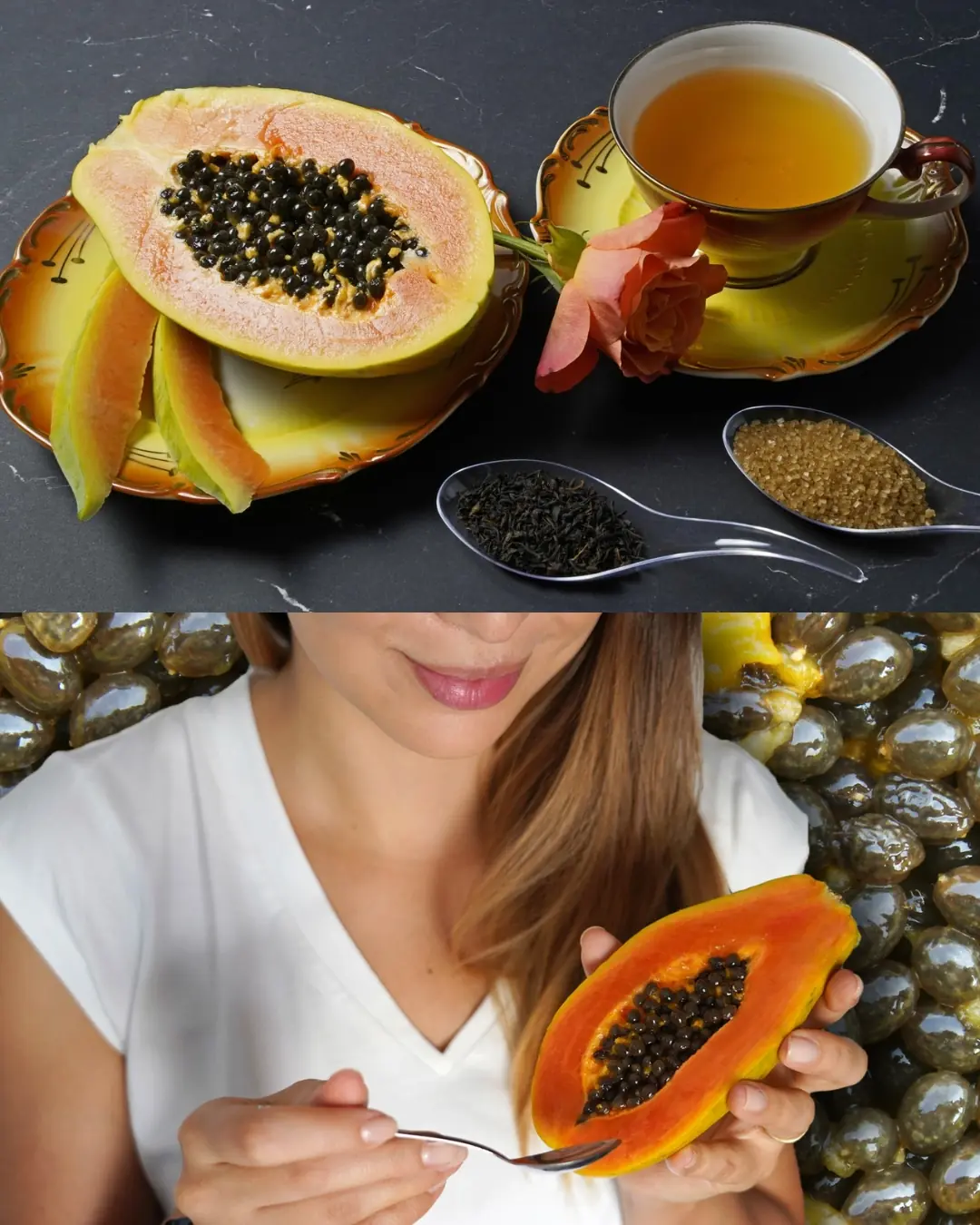
The Powerful Health Benefits of Papaya Seeds: Why You Should Include Them in Your Diet
